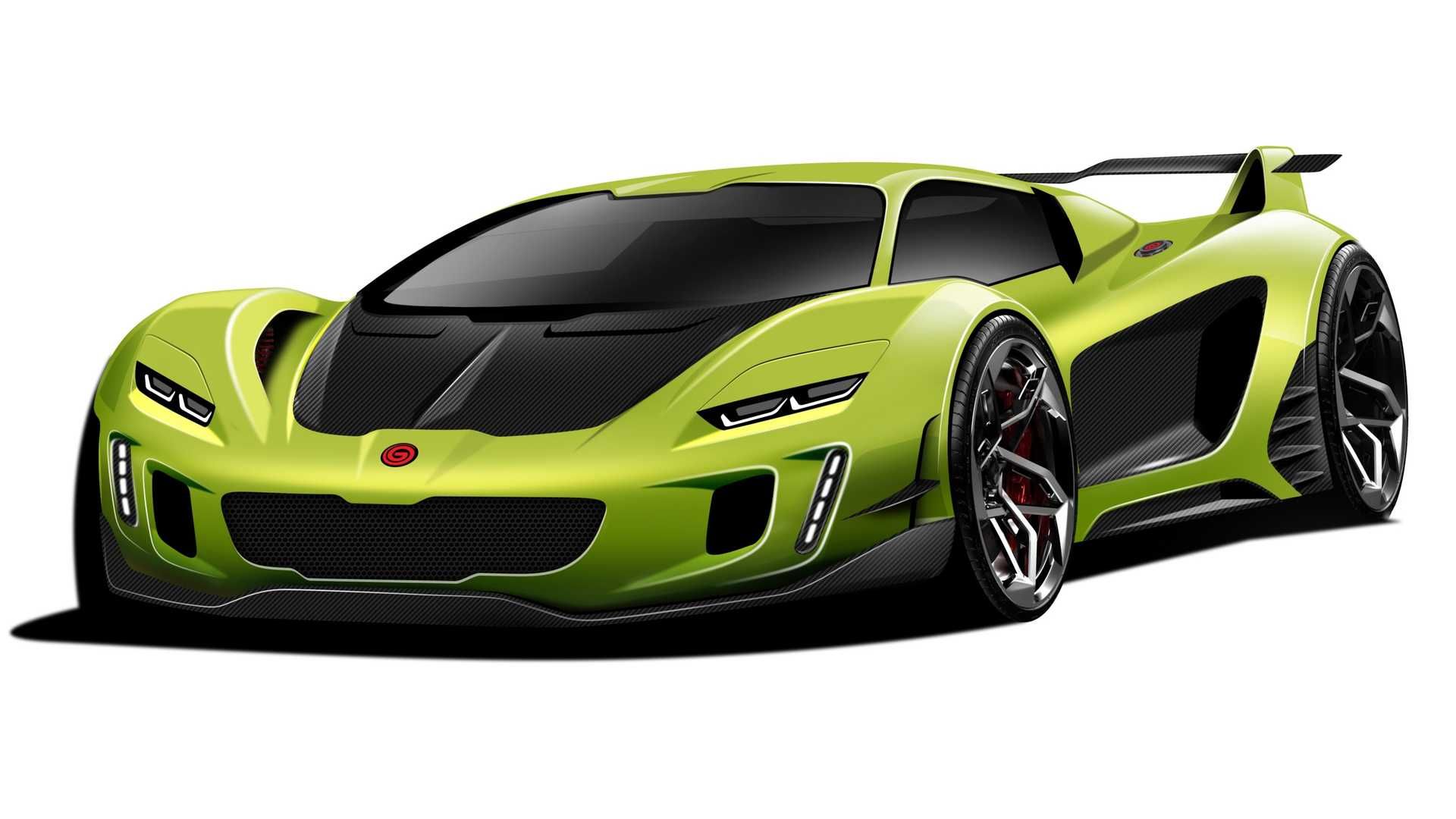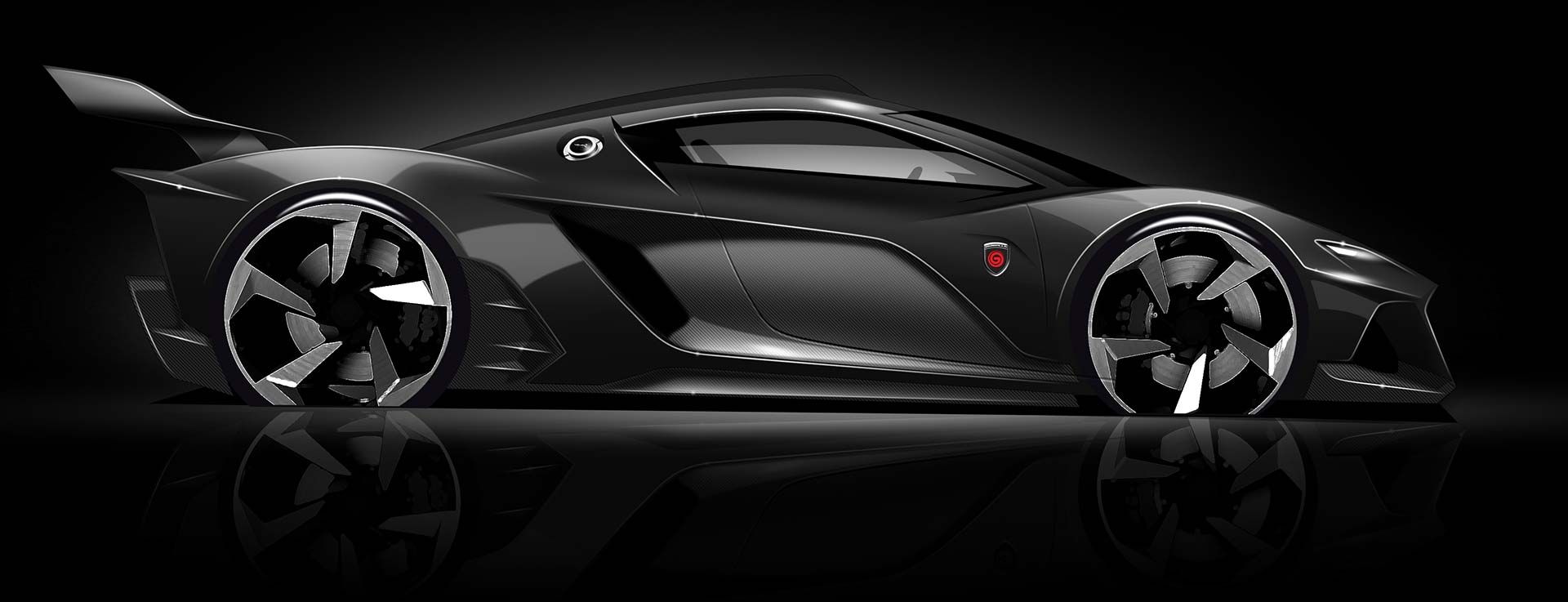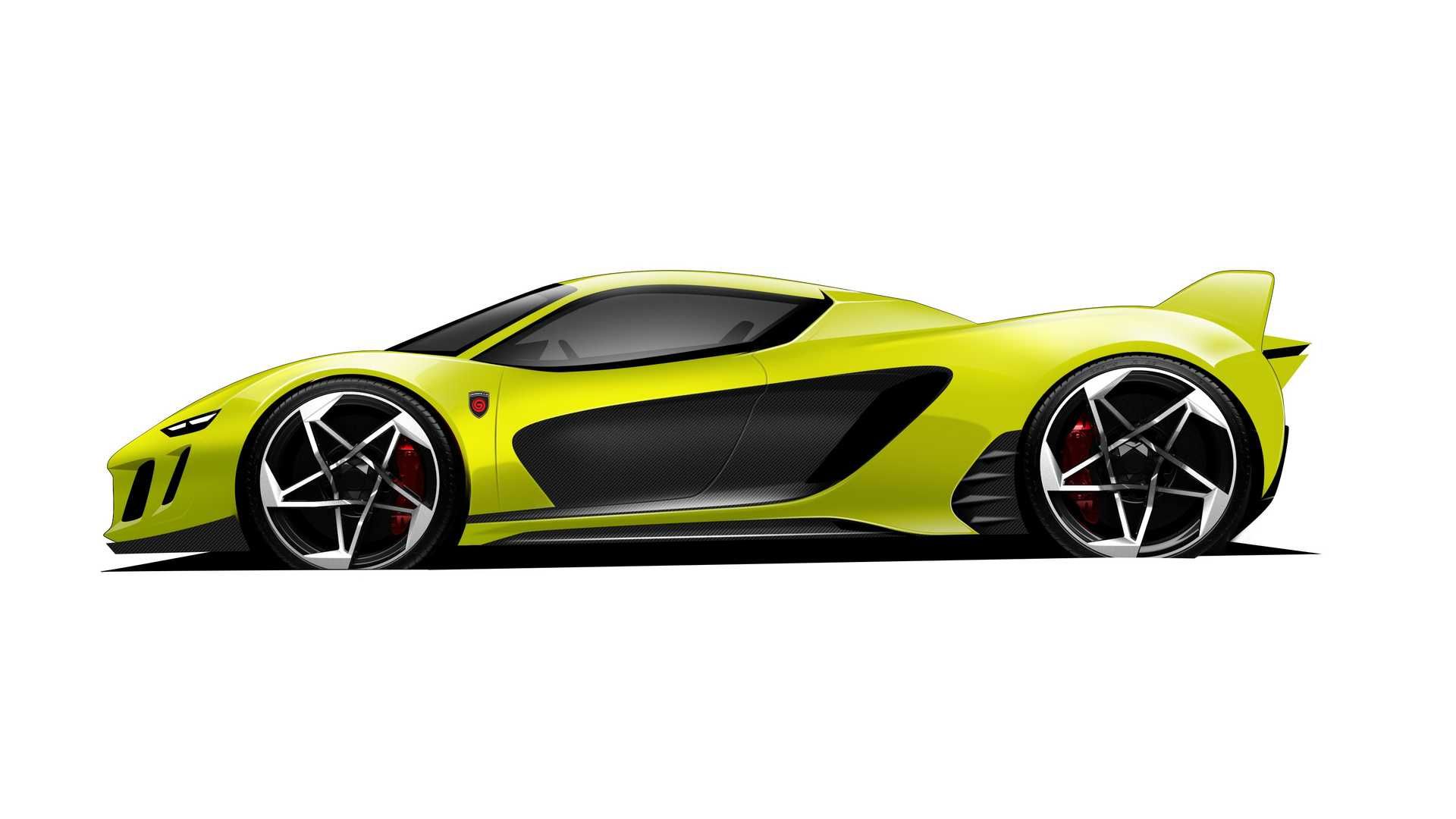Whenever a company announces plans to build a supercar, be it Dyson, Hennessey Performance, Rimac, Zenvo, or in this case, Gemballa, eyebrows are bound to be raised. Embarking on the journey of building a supercar from scratch, regardless of how much experience one such company may possess is, if you will, the ultimate marathon in the car industry. At the same time, running a marathon can have three possible outcomes: you either finish it, you don’t, or best-case scenario, you end up winning it, of course. Wanting to build, or better said, create a supercar from a blank sheet of paper is pretty much the same. But Gemballa thinks it has what it takes.
2022 Gemballa Supercar
- Make: Array
- Model: 2022 Gemballa Supercar
- [do not use] Vehicle Model: Array
Porschephile or not, you’re probably familiar with Gemballa’s work. So before we actually delve into what a supercar from the German tuner might look like, it’s worth mentioning that for the past three and a half decades, Gemballa has gotten up close and personal with some of the world’s most iconic supercars, including the V-10 beast that is the Carrera GT. We’re mentioning Porsche’s former flagship because Gemballa used it to develop the Mirage GT (and still is), a car we’ll be looking at a lot just to get hints on what the upcoming Gemballa supercar might have to offer. On top of that, the Germans have in their resume three non-Porsche cars that they’ve worked on in the past: the Mercedes-Benz SLR McLaren, the McLaren 12C Spider, and the Ferrari Enzo - the latter stemmed the MIG-U1, which was seen by many as a blasphemy and a sure-shot way of ruining a perfectly perfect Enzo. That said, let’s look at what Gemballa’s supercar might bring to the table.
Exterior
Gemballa released a couple of sketches that provide some hints at its future supercar’s exterior, and while they might not be as good as a set of proper photos, at least it’s something that gives us a bone to chew.
Now, the second sketch shows what the supercar will look like when viewed from the side. And this is where the hint of a mid-engined layout becomes more and more obvious. Just look at how short the front hood is and how the whole cabin has been moved as forward as possible. At this point, we have no doubt that whatever will power the Gemballa supercar is going to sit between the driver’s seat and the rear axle. Plus, it’s not just the supercar’s silhouette and the long rear deck that hint at a mid-engine configuration. Just take a look at the two R8-like air scoops in front of the rear wheels, coupled by smaller, Murcielago-style air catchers right where the side widows end.
The side skirts are also made of carbon fiber and lead to some sort of four-winglet elements built into the body, positioned right in front of the rear wheels, most likely there to redirect more air to the rear brakes. We don’t get a clear view of the back, except for the fixed rear wing.
Interior
You can count on Gemballa to decorate the interior with a lot of carbon fiber and plush materials such as Alcantara and whatnot. Unfortunately, there’s absolutely no info whatsoever coming from Gemballa regarding the cockpit, not even a sketch.
So, if you care for our two cents, we’d go for the latter scenario. We’re basing the hunch on the interior looks of the Gemballa Mirage GT (essentially a tweaked Porsche Carrera GT) and its spiced up interior, which features the likes of carbon fiber, Alcantara, and bright-colored eccentric inserts. There’s also a high chance that each Gemballa supercar owner will get the opportunity to work with the tuner’s designers and even specify his or her own choice of colors and materials for the cabin. All of this seems to be confirmed by Gemballa’s PR talk, which mentions that the new supercar will be “uncompromising, radical, pure, and luxurious.”
The tuner, which has been listed as a registered car manufacturer with the German Motor Vehicles Authority since 1985, also mentioned that the first designs will be presented to select clients soon, and a first prototype is scheduled to make its appearance sometime in 2020.
Drivetrain
OK, OK, we’re just as eager as you guys to find out what’s what. However, Gemballa is again tight-lipped when it comes to its supercar’s beating heart. All we get from the Germans is that once lock and loaded, the high-performance machine will deliver 800+ horsepower. We don’t know the nature of the engine that’ll sit behind the driver, but initially, it’ll be an internal combustion powerhouse.
Considering Gemballa’s eye for Porsches and the mid-engine nature of its upcoming supercar, we’d love to see the same V-10 that powered the Carrera GT brought back to life and reinterpreted. The 5.7-liter V-10 found inside the Carrera GT drew a lot of inspiration from the Formula 1 technology of its time and pumped out 612 horsepower and 590 Newton-meters of torque (that’s around 435 pound-feet of twist). In the Gemballa Mirage GT, the same powerhouse was boosted to 670 horsepower and a peak torque of 630 Newton-meters (465 pound-feet).
In practice, this newfound grunt allowed the Gemballa Mirage GT to shoot from 0 to 100 kilometers per hour (62 miles per hour) in 3.7 seconds on its way to a terminal velocity of 335 kilometers per hour (208 miles per hour). With those in mind, hear this: Gemballa estimates that its supercar will need just 2.5 seconds to clear the 0-100 km/h (62 mph) interval - 0.1 seconds quicker than the Bugatti Chiron - and around 6.5 seconds for the 0-200 km/h (124 mph) sprint - 0.3 seconds quicker than the McLaren P1. So, yeah, call us impressed.
What’s more, Motor1 reports that Gemballa’s supercar might pack a three-pedal arrangement, something that is becoming more and more unheard of in the higher echelons of the car industry, where supercars and hypercars flaunt intricate transmission setups. Still, north of 800 horsepower managed by a stick shift is going to take some serious skills from whoever’s driving the car, as the chance of screwing up gets sensibly higher.
That aside, it’s not completely unimaginable for the supercar to get a manual gearbox. We mean, the Carrera GT’s sophisticated yet very-high-maintenance clutch posed owners a lot of problems around the city, and that’s something well documented by now, but Gemballa was actually able to tweak it and improve the metering of the clutch pedal pressure for smooth engagement in stop-and-go traffic.
All in all, the Porsche 918 Spyder makes do with 887 horsepower and 944 pound-feet of torque, which helps it zip from 0 to 60 mph in 2.5 seconds, a value that’s closer to Gemballa’s estimates for its own supercar. What’s more, it’s possible that the ICE version will pack a V-8 unit instead of the V-10 we all love, and the 800+ horsepower value announced by Gemballa is, in fact, referring to the hybrid version, while the combustion engine-based model would “only” spit out 600-700 horsepower. Naturally, that’s just speculation at this point, but both scenarios are, in fact, avenues that Gemballa could decide to take.
Pricing
Um, that’s a tough one. We know that Gemballa has been investing around €20 million ($22 million, roughly) in recent years towards the production of a supercar, but at the same time, the firm is also looking to attract new investors that would inject the necessary funds to help the project go forward.
Competition
Bugatti Chiron
If Gemballa’s claims of luxury and otherworldly performance will ever materialize, then it’s only natural for its supercar to use the Chiron as a benchmark. Sure, Bugatti’s hypercar doesn’t need any introduction, but we’ll just go quickly through its coordinates. So, Gemballa’s offspring would have to go against an 8.0-liter W-16 quad-turbocharged beast of an engine making 1,479 horsepower at 6,700 rpm and 1,180 pound-feet of torque in the 2,000 rpm to 6,000 rpm band. It’s still unsure what sort of powertrain will the tuner’s hypercar/supercar pack, but apparently, it will allow a sprint time on par with the Chiron’s (as discussed above).
Read our full review on the 2019 Bugatti Chiron
Koenigsegg Jesko
The Koenigsegg Jesko packs a re-engineered 5.0-liter twin-turbo V-8 engine that makes 1,280 horsepower on standard gasoline and 1,600 horsepower on E85 biofuel. Torque is rated at up to 1,500 Newton-meters (1,106 pound-feet). Handling those levels of grunt is a new nine-speed, multi-clutch Koenigsegg Light Speed Transmission. The Jesko is also aided by clever aerodynamics that generate up to 1,000 kilograms (2,204 pounds) worth of downforce; something Gemballa has also promised for its supercar, as well as active rear steering. The Jesko is expected to tick the 0-60 miles per hour run in 2.5 seconds, and it should be capable of carrying on the charge to a Vmax of 300+ miles per hour.
Read our full review on the 2020 Koenigsegg Jesko
Final Thoughts
We’re not surprised to see Gemballa line up plans for a supercar. The tuner has had experience with some of the world’s fastest cars in the past, and if it considers itself apt to take on the difficult task of designing and building a high-performance vehicle from scratch, then who are we to argue? We’re pretty sure Gemballa has a good image of what sort of competition it will face once the road-going car is out - and we’re not just talking about your run-of-the-mill supercar makers such as Ferrari, Lamborghini, McLaren, and Bugatti. There’s also Zenvo, Pagani, Koenigsegg, Rimac, and Pininfarina to worry about. So, yeah, the competition is indeed stiff. There’s also the challenge of securing enough investments that would pump life into the project - without the required cash, Gemballa’s dream will be shattered to pieces. Then there’s a question we must also ask: does the world need another supercar? One answer would be that the world doesn’t get to decide. Instead, if and just how many supercars will Gemballa build hangs by a thread - and that thread is the number of potential buyers interested in owning a limited-edition supercar built by a company that never did it before. This is, in our opinion, the make it or break it for Gemballa.






